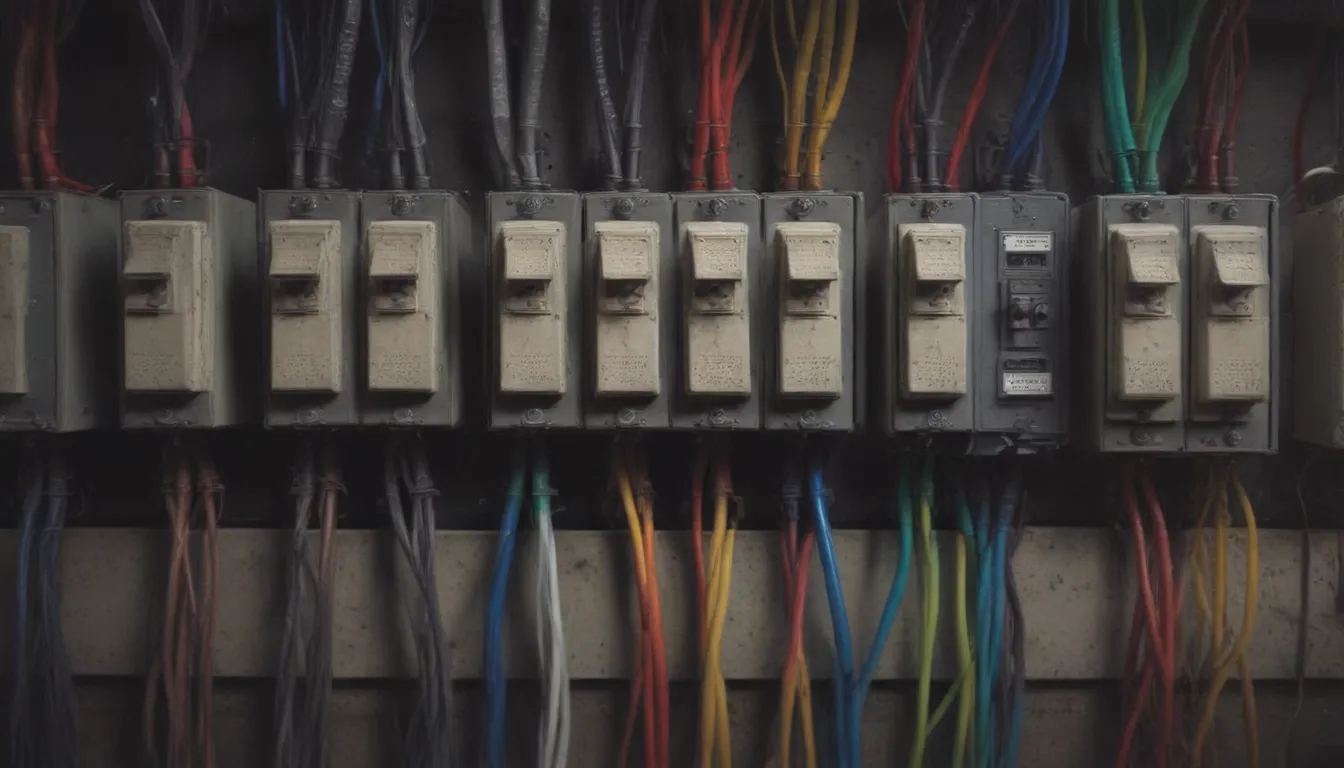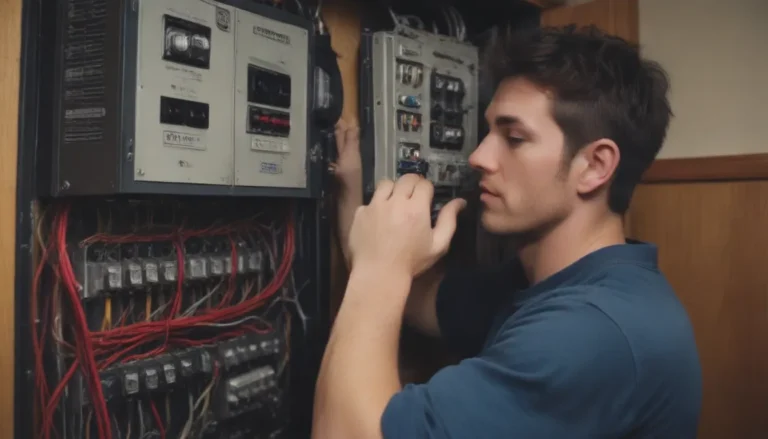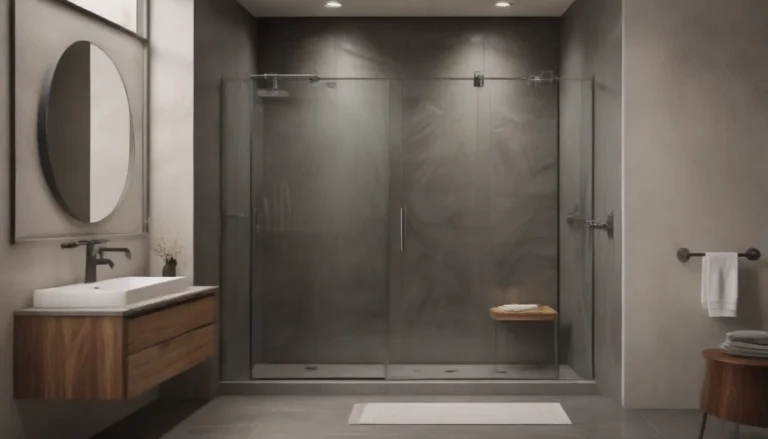Understanding Electrical Installations: When Junction Boxes Aren’t Needed

When it comes to electrical installations, junction boxes play a crucial role in ensuring safety and proper functionality. However, there are certain devices that do not require traditional junction boxes due to their design and built-in features. In this article, we will explore the types of devices that don’t need junction boxes, the functions of junction boxes, and essential tips for ensuring safe electrical connections.
What Junction Boxes Do
Junction boxes serve several important functions when it comes to electrical installations. These include:
- Providing a secure enclosure for electrical connections
- Protecting wires from damage and exposure
- Preventing accidental contact with live wires
- Allowing for organized and safe wire connections
When using devices that do not require a junction box, it is crucial to ensure that their wire connection systems meet all these necessary functions to maintain safety and compliance with electrical codes.
Types of Devices That Don’t Need Boxes
Devices that do not require traditional junction boxes typically have their own integrated enclosures for wire connections. Some common examples include:
- Ceiling fans with built-in wiring compartments
- LED light fixtures with enclosed wire connections
- Outdoor floodlights with weatherproof housing
Additionally, many permanently installed appliances such as kitchen vent hoods, dishwashers, and hot water heaters do not need junction boxes. When installing these devices, it is important to use flexible conduit or metal armored cable to protect exposed wires and comply with safety regulations.
Ensuring Safe Wire Connections
When working with devices that do not require junction boxes, it is essential to ensure that cables are properly secured and protected. Here are some tips to keep in mind:
- Use cable clamps to secure incoming cables to the device
- Follow manufacturer instructions for attaching clamps or installing cable connectors
- Always use the appropriate metal or plastic cable clamp to prevent damage to wires
- Avoid running cables through knockout holes without proper clamps to prevent sharp edges from cutting through the cable sheathing
By taking these precautions, you can prevent electrical hazards and ensure safe and reliable wire connections for your devices.
Importance of Electrical Safety
Electrical safety is paramount when dealing with any type of electrical installation. Failure to follow proper safety guidelines can result in electric shock, fires, and other hazards. It is essential to always adhere to electrical codes and regulations when working on electrical projects to protect yourself and others from potential dangers.
Conclusion
While junction boxes are essential components of most electrical installations, there are exceptions for devices that have their own enclosures for wire connections. Understanding when junction boxes are not needed and how to ensure safe wire connections is vital for maintaining electrical safety and compliance. By following the guidelines provided in this article, you can confidently install and connect devices that do not require traditional junction boxes while prioritizing safety and functionality. Remember to always prioritize safety and consult with a qualified electrician if you are unsure about any aspect of your electrical installation project.
Remember, safety always comes first when it comes to electrical work. Stay informed, stay safe, and enjoy the benefits of a well-connected and functional electrical system in your home or workspace.





